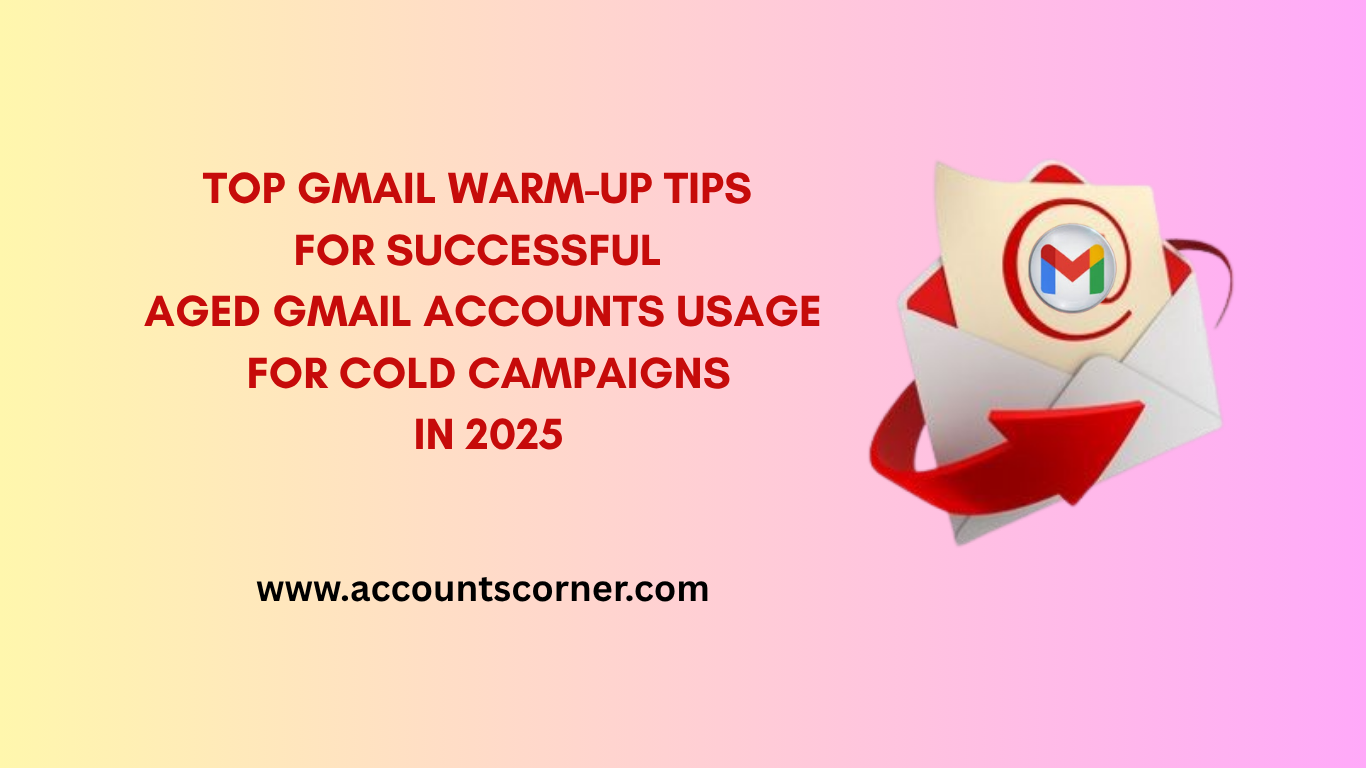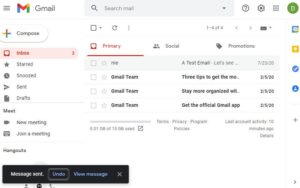Products
-
 Flicker New Accounts
Rated 5.00 out of 5$0.50
Flicker New Accounts
Rated 5.00 out of 5$0.50 -
 Discord New accounts With Gmail
Rated 5.00 out of 5$1.00
Discord New accounts With Gmail
Rated 5.00 out of 5$1.00 -
 Reddit New Accounts With Gmail
Rated 5.00 out of 5$1.00
Reddit New Accounts With Gmail
Rated 5.00 out of 5$1.00 -
 Quora New accounts With Gmail
Rated 5.00 out of 5$1.00
Quora New accounts With Gmail
Rated 5.00 out of 5$1.00 -
 Buy AOL AGED Accounts
Rated 5.00 out of 5$1.00
Buy AOL AGED Accounts
Rated 5.00 out of 5$1.00 -
 Buy Outlook New Accounts
Rated 5.00 out of 5$1.00
Buy Outlook New Accounts
Rated 5.00 out of 5$1.00 -
 Buy Hotmail Aged Accounts
Rated 5.00 out of 5$1.00
Buy Hotmail Aged Accounts
Rated 5.00 out of 5$1.00 -
 Youtube Accounts With Channel and Video
Rated 5.00 out of 5$2.00
Youtube Accounts With Channel and Video
Rated 5.00 out of 5$2.00 -
 Youtube Accounts With Channel
Rated 5.00 out of 5$1.00
Youtube Accounts With Channel
Rated 5.00 out of 5$1.00 -
 Buy Twitter Aged Accounts 2010 to 2021
Rated 5.00 out of 5$1.50
Buy Twitter Aged Accounts 2010 to 2021
Rated 5.00 out of 5$1.50
TOP GMAIL WARM-UP TIPS FOR SUCCESSFUL AGED GMAIL ACCOUNTS USAGE FOR COLD CAMPAIGNS IN 2025
Posted by:
sangeetha

Discover effective Gmail warm-up tips for 2025 to boost deliverability and maximize aged Gmail usage in your cold email campaigns. Learn how to safely warm up accounts, choose the best tools, and maintain long-term sender reputation.
In 2025, cold email campaigns continue to be a cost-effective and highly targeted method for lead generation, sales outreach, and business development.
Despite the rise of new communication platforms, email remains one of the most reliable channels to reach potential clients directly.
In this post, we’ll break down the most effective Gmail warm-up tips tailored for aged Gmail usage.
Whether you’re launching your first cold email campaign or scaling outreach for an agency, these strategies will help you optimize your approach, avoid deliverability issues, and get the best results from your campaigns in 2025.
Table of Contents
ToggleWhy Use Aged Gmail Accounts for Cold Outreach
Benefits of Aged Gmail Usage
Using aged Gmail accounts for cold outreach gives you a major edge.
These accounts already carry some trust signals in the eyes of Gmail’s algorithms. As a result, they typically enjoy higher deliverability rates compared to newly created accounts.
Aged accounts are less likely to trigger spam filters, making them ideal for cold email campaigns that rely on reaching the inbox consistently.
Ideal Scenarios for Aged Gmail Usage
Aged Gmail accounts are best used when:
- You’re launching a new cold email campaign
- You want to scale outreach without risking your primary domain
- You need better inbox placement from the start
Whether you’re doing lead generation, sales prospecting, or partnership outreach, aged Gmail accounts (when properly warmed up) can drastically improve your success rates.

What Is Gmail Warm-Up and Why It Matters
Gmail warm-up is the process of gradually increasing the email activity on an account to build credibility with Gmail’s spam filters.
This involves sending low volumes of emails, encouraging replies, and avoiding spammy behaviour during the first few weeks of use especially critical when working with aged accounts.
How Warm-Up Improves Sender Reputation
Following smart Gmail warm-up tips helps build a strong sender reputation. Positive interactions such as replies, opens, and consistent sending habits train Gmail to treat your messages as trustworthy, improving inbox placement.
Risks of Skipping Gmail Warm-Up
Jumping into high-volume cold emails without a proper warm-up often leads to:
- Emails landing in the spam folder
- Reduced open and reply rates
- Temporary or permanent suspension of the Gmail account
Proper warm-up is not just a best practice it’s a necessity for anyone serious about using aged Gmail accounts for cold outreach.
Gmail Warm-Up Tips for 2025
To make the most of your aged Gmail accounts, proper warm-up is crucial. Gmail’s algorithms in 2025 are smarter and more sensitive than ever, and cold campaigns can only succeed when you build trust through consistent, human-like email behaviour.
Below are essential Gmail warm-up tips designed to optimize Aged Gmail usage and improve your deliverability before launching cold outreach at scale.
Start Slowly and Build Gradually
When you first begin using an aged Gmail account for outreach, resist the urge to send dozens of emails right away. Even if the account is aged, Gmail needs to see gradual activity increases to verify it’s being used organically.
- Begin with manual, one-on-one emails
Start by sending 5–10 highly personalized emails per day. This helps simulate natural usage and avoids triggering Gmail’s spam filters. - Increase daily email volume over time
Slowly raise your sending volume every few days. A good rule is to increase by no more than 5–10 additional emails per day until you reach your desired sending capacity.
Engage in Real Conversations
Gmail highly values authentic interaction. Real two-way engagement strengthens sender reputation and signals that your account is trusted.
- Use replies and forward threads
Encourage recipients to reply and actively respond to them. You can even simulate conversation threads by replying to your own sent emails or forwarding them to another account you control. - Avoid templates initially use natural language
In the early stages, avoid copy-paste templates. Gmail may detect identical content across multiple emails. Write each email manually, using natural language and personal touches to make it feel genuine.
Maintain a Healthy Email Mix
To Gmail, variety equals legitimacy. Avoid sending only promotional content mix in friendly, casual, or non-sales emails to build a well-rounded sender history.
- Balance between promotional and non-promotional emails
If every email contains a pitch or call-to-action, you risk getting flagged. Mix in messages like feedback requests, greetings, or even check-ins to diversify your sending behaviour. - Include personal touches and varied topics
Use subject lines and content that vary from email to email. Mention mutual connections, shared interests, or relevant industry news to show authenticity.
Warm-Up Duration and Timeline
A successful warm-up is a process not a one-day task. Most accounts need 2 to 4 weeks of consistent warm-up before sending full cold campaigns.
- Sample 2–4 week warm-up schedule:
- Week 1: 5–10 manual emails/day
- Week 2: 15–25 emails/day
- Week 3: 30–50 emails/day, include replies
- Week 4: 50–75 emails/day, introduce automation slowly (if needed)
- Signs your account is ready:
- Consistent delivery without bounces
- Positive open and reply rates
- No Gmail warnings or spam flagging
- Engagement from recipients
Avoid Red Flags during Warm-Up
Even aged accounts can be flagged if you’re not careful. Here’s what to avoid during the warm-up process:
- No mass emailing or cold blasts early on
Never use bulk-sending tools or email lists during the first few weeks. Gmail monitors sudden spikes and flags unnatural behaviour. - Avoid spammy words and aggressive CTA links
Stay away from phrases like “Buy now,” “100% free,” or “Make money fast.” Minimize links in your emails, especially during the warm-up period. Keep messages short, friendly, and focused on conversation not conversion.
By following these Gmail warm-up tips, you’ll build a solid foundation for long-term success with your aged Gmail usage. When your account is fully warmed up, you can confidently launch your cold campaigns knowing that your emails have the best chance of landing in your audience’s inbox not the spam folder.

Best Practices for Long-Term Aged Gmail Usage
Warming up a Gmail account is just the first step. To maintain strong deliverability and protect your sender reputation over time, especially when relying on aged Gmail usage you need to follow ongoing best practices. Gmail’s algorithms continuously monitor email behaviour so even a properly warmed-up account can end up in trouble if you don’t follow sustainable practices.
Below are the most important Gmail warm-up tips and strategies to ensure your aged Gmail accounts remain healthy, effective, and trusted for the long term.
- Maintain Ongoing Engagement to Protect Reputation
Even after your account is warmed up, Gmail continues to evaluate how recipients interact with your emails. One of the strongest signals you can send is consistent engagement.
- Encourage replies from your recipients. Gmail favours two-way communication over one-sided messages.
- Send emails that add value think relationship-building, relevant content, or helpful insights.
- Avoid ghosting your list inactivity can make Gmail view your account as stale or suspicious. Even aged Gmail accounts can degrade in reputation if they go dormant for long periods.
- Monitor Key Metrics: Bounce Rates, Open Rates, Spam Reports
A healthy sender reputation is built on data. Regularly tracking your email metrics helps you catch issues early and adjust your strategy before your account is penalized.
- Bounce Rate: A high bounce rate (especially from invalid or outdated emails) signals to Gmail that you may be sending unsolicited or low-quality emails. Keep your bounce rate under 5% by cleaning your email lists regularly.
- Open Rate: If your open rate drops significantly, your emails might be landing in spam or being ignored. Adjust your subject lines and ensure your warm-up strategy includes gradual volume increases and personalization.
- Spam Complaints: This is one of the most damaging signals. Even a few spam reports can hurt your reputation. Always give users a clear way to opt out and avoid overly aggressive CTAs or misleading copy.
- Stay Compliant with Gmail and Anti-Spam Policies
No matter how well you warm up or engage, ignoring compliance rules can still get your account suspended or blacklisted. Gmail is strict when it comes to spam prevention, especially in 2025.
Here’s how to stay compliant:
- Always get consent (when possible): If you’re sending outreach emails under local laws like GDPR or CAN-SPAM, ensure your practices align with their standards.
- Use a real sender name and verified email address: Avoid generic “no-reply” addresses. Make your identity transparent.
- Include an unsubscribe link or method: Even in B2B outreach, recipients should be able to opt out easily.
- Avoid spam trigger words: During and after warm-up, stay away from terms like “guaranteed income,” “risk-free,” or “act now.”
Using aged Gmail accounts gives you a strong advantage, but only if you treat them with care. Think of your sender reputation as a digital credit score you have to build it slowly, use it wisely, and monitor it constantly. By following these long-term Gmail warm-up tips, you’ll ensure that your emails continue to land in the inbox, reach your audience, and drive results without risking account suspension or deliverability failure.
Final Verdict!
Warming up your Gmail accounts properly is essential for cold outreach success in 2025.
By following proven Gmail warm-up tips like starting slow, maintaining real engagement, and monitoring deliverability you give your campaigns the best chance to land in the inbox by buying gmail accounts from trusted sources for rapid growth.
Remember, aged Gmail usage gives you a major advantage in terms of trust and deliverability, but only when managed with care. Skip the warm-up, and even aged accounts can end up flagged or suspended.
Stay consistent, test what works, track your key metrics, and continuously optimize your outreach strategy. With the right approach, your aged Gmail accounts can become powerful assets in driving conversions and results from cold campaigns.
Frequently Asked Questions (FAQ)
1. What does “Gmail warm-up” mean and why is it important?
Gmail warm-up refers to the process of gradually increasing email activity on your Gmail account to build a strong sender reputation. This helps prevent your emails from landing in spam folders. Proper warm-up is especially important when using aged Gmail accounts to maintain high deliverability and avoid penalties.
2. Why should I use aged Gmail accounts for cold campaigns?
Aged Gmail usage provides trust signals to Google because these accounts have a longer history and established credibility. They typically experience better inbox placement compared to brand-new accounts, making them valuable for cold outreach.
3. How long does it usually take to warm up a Gmail account?
Most experts recommend a 2 to 4 week warm-up period. During this time, you gradually increase your sending volume while encouraging real engagement like replies and opens to build your account’s reputation steadily.
4. Can I automate the Gmail warm-up process?
Yes, there are many tools designed to automate warm-up by simulating natural email interactions. Using safe and compliant tools aligned with Gmail warm-up tips can save time and reduce risks. Popular options include Lemwarm, WarmUp Inbox, and MailReach.
5. What happens if I skip warming up my Gmail account?
Skipping the warm-up can lead to poor deliverability, with your emails often ending up in spam folders or being blocked altogether. It also increases the risk of your account being flagged or suspended by Gmail.
6. How do I maintain my aged Gmail accounts for long-term use?
Ongoing aged Gmail usage best practices include consistently engaging with your contacts, monitoring key metrics like bounce and spam complaint rates, and complying with Gmail’s policies. Regular warm-up refresher sessions can help sustain a healthy sender reputation.
7. Are there risks associated with using Gmail warm-up tools?
Yes, some tools may not comply with Gmail’s policies, causing your account to be flagged. Always choose tools that simulate realistic, gradual engagement and ensure they follow the latest Gmail guidelines for safe Gmail warm-up tips.
















